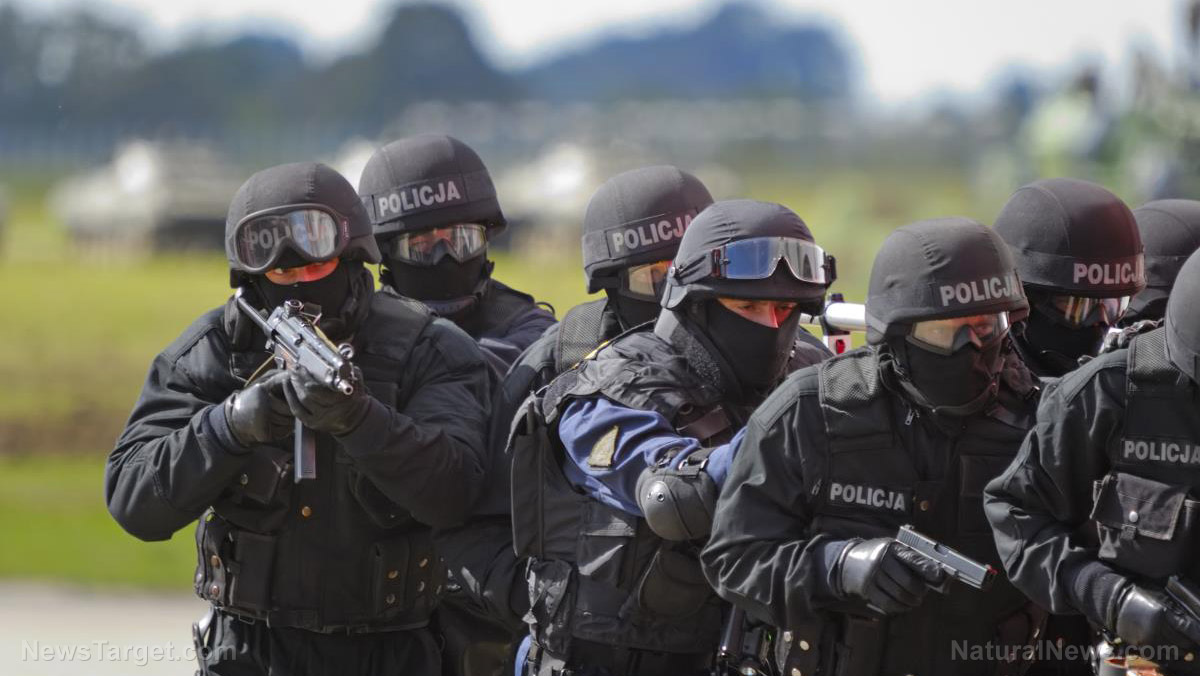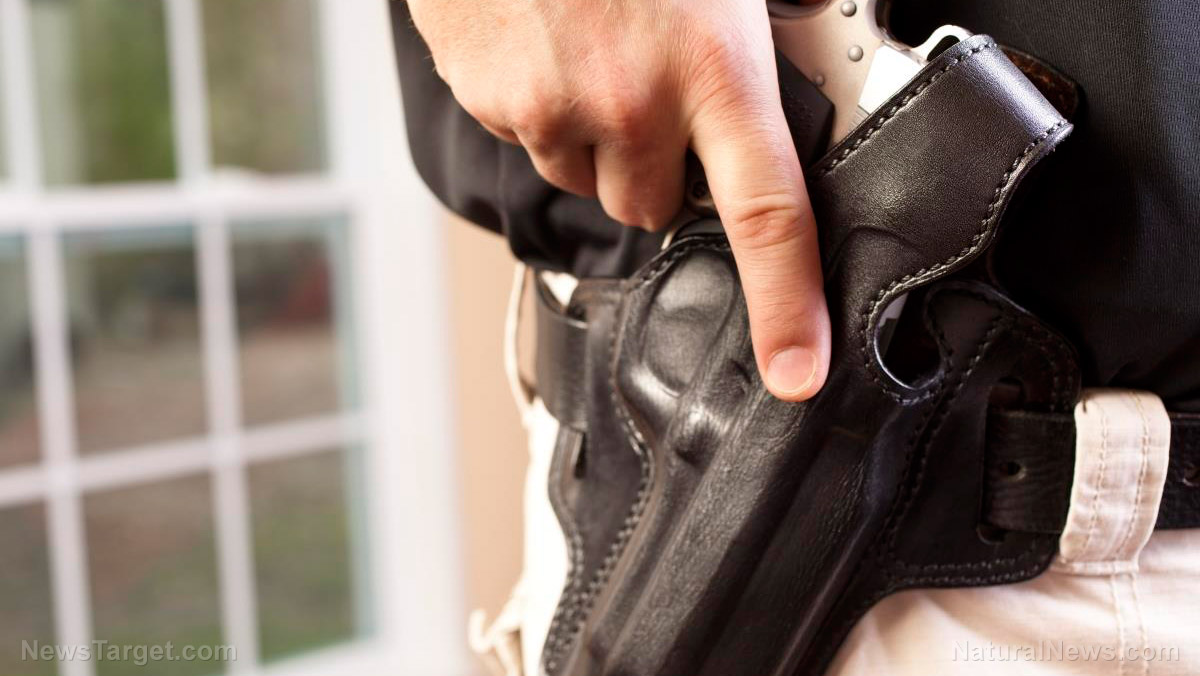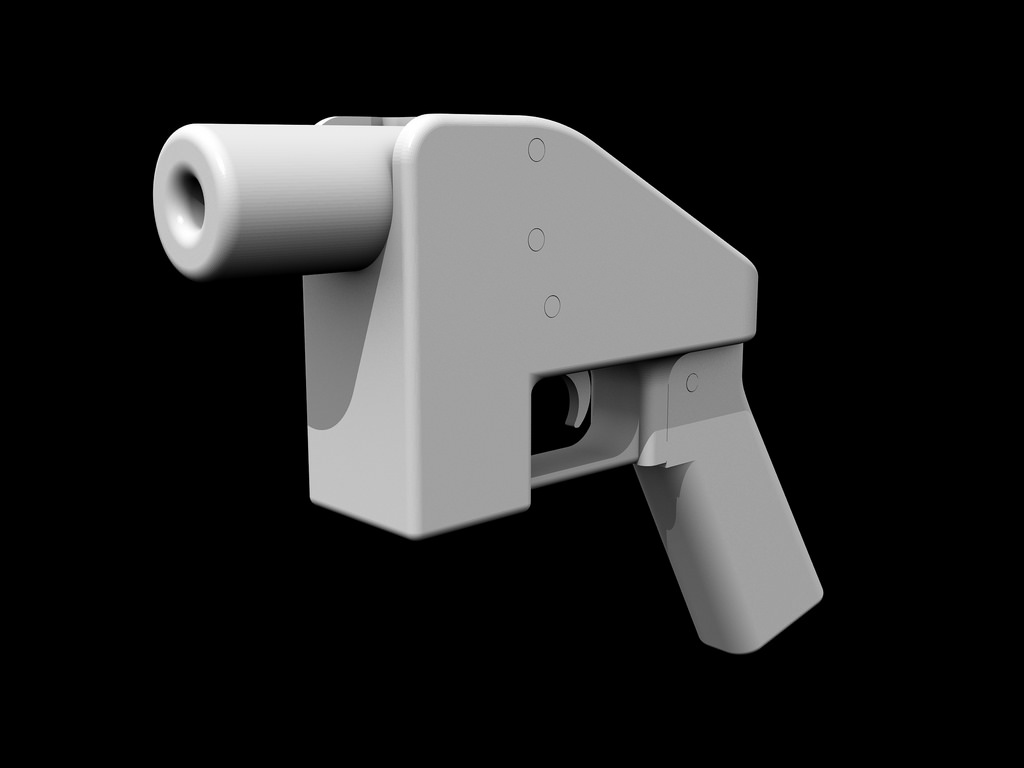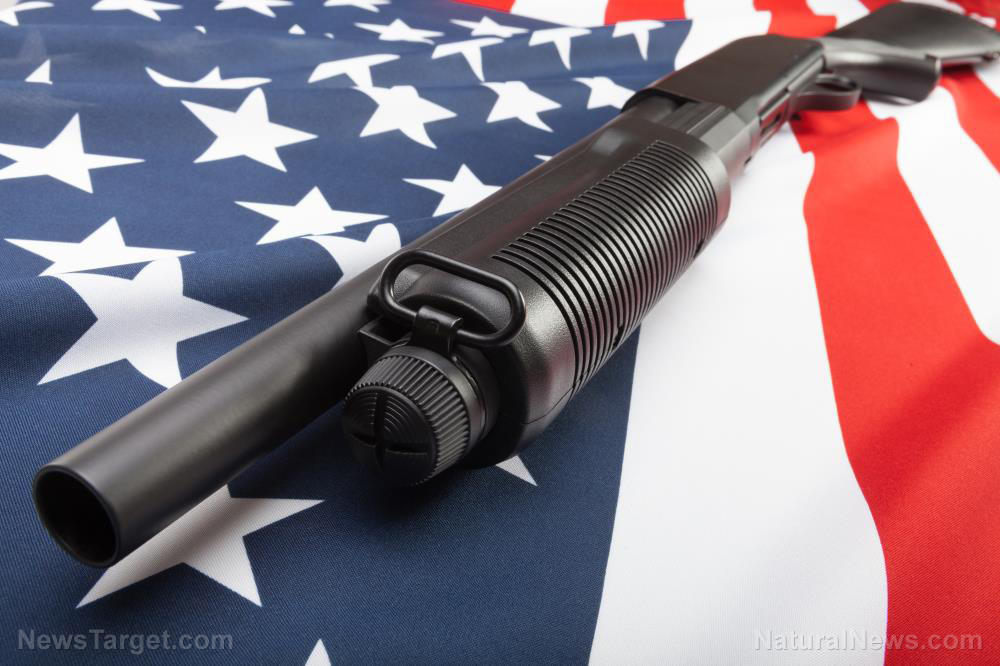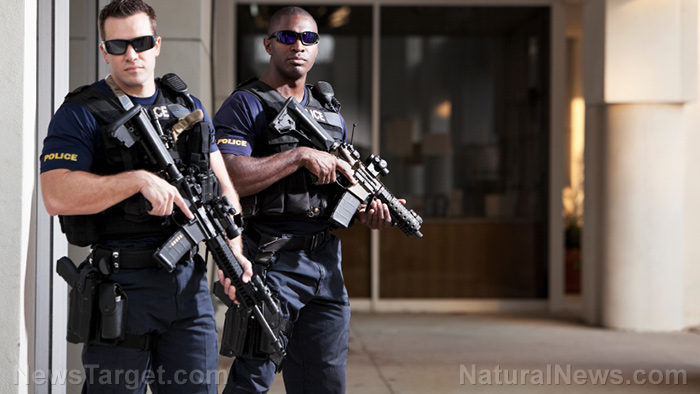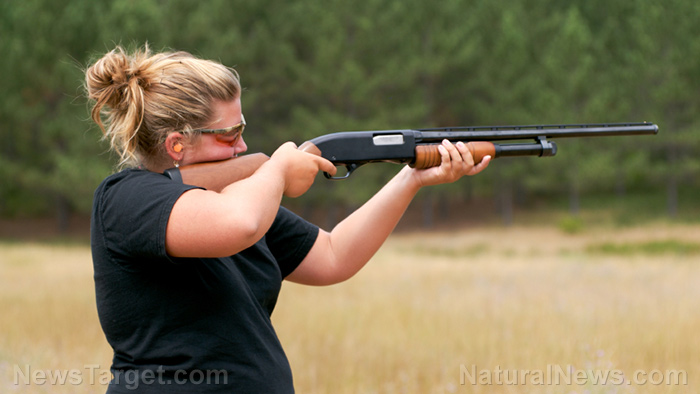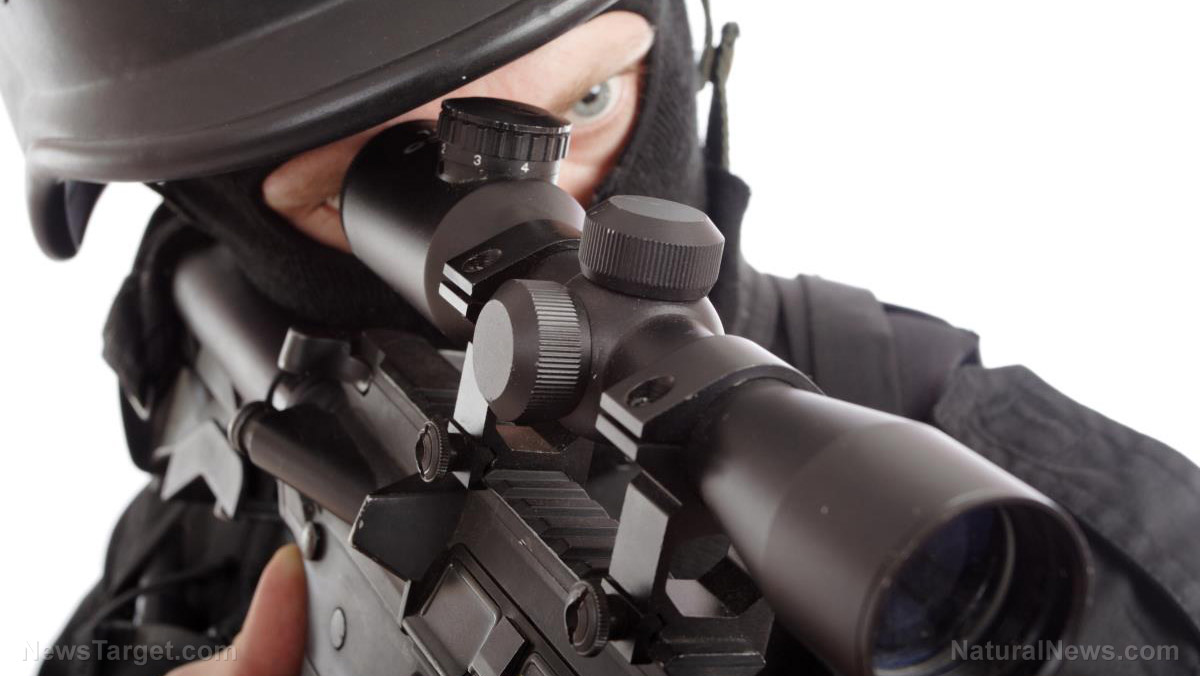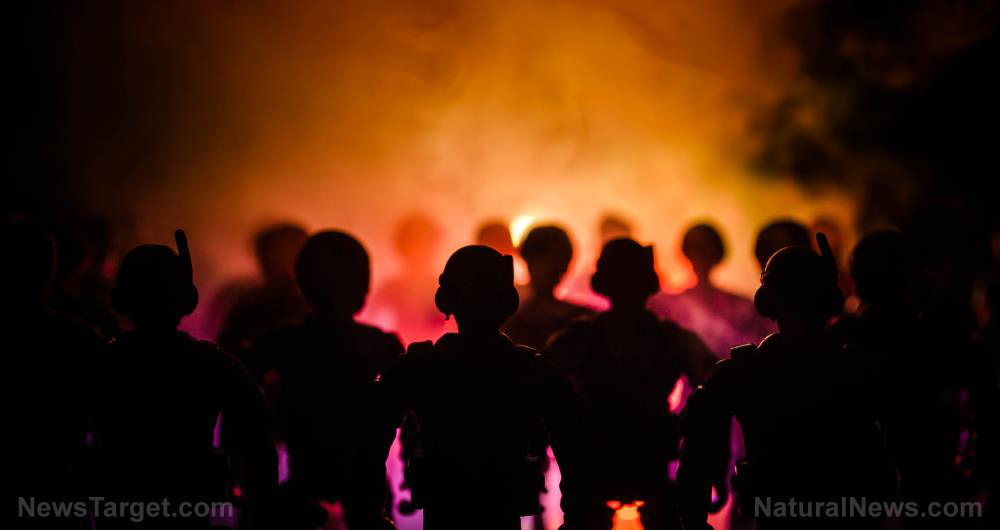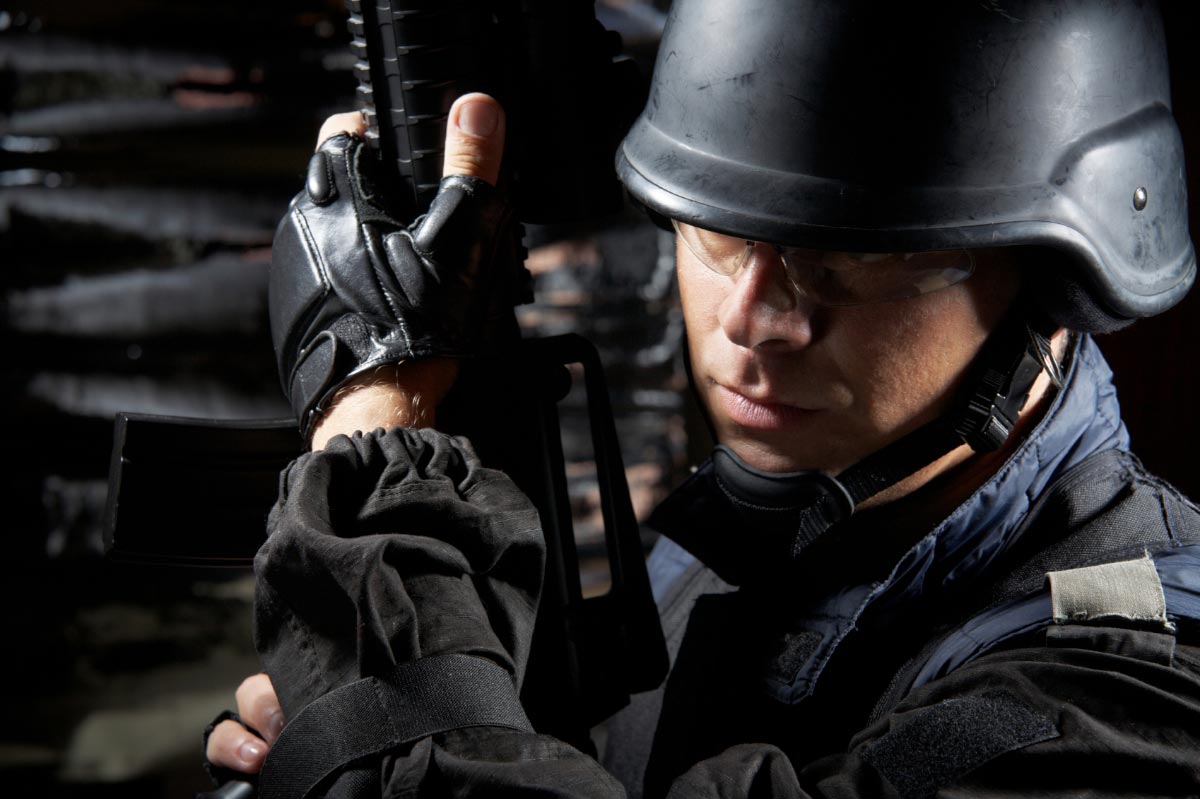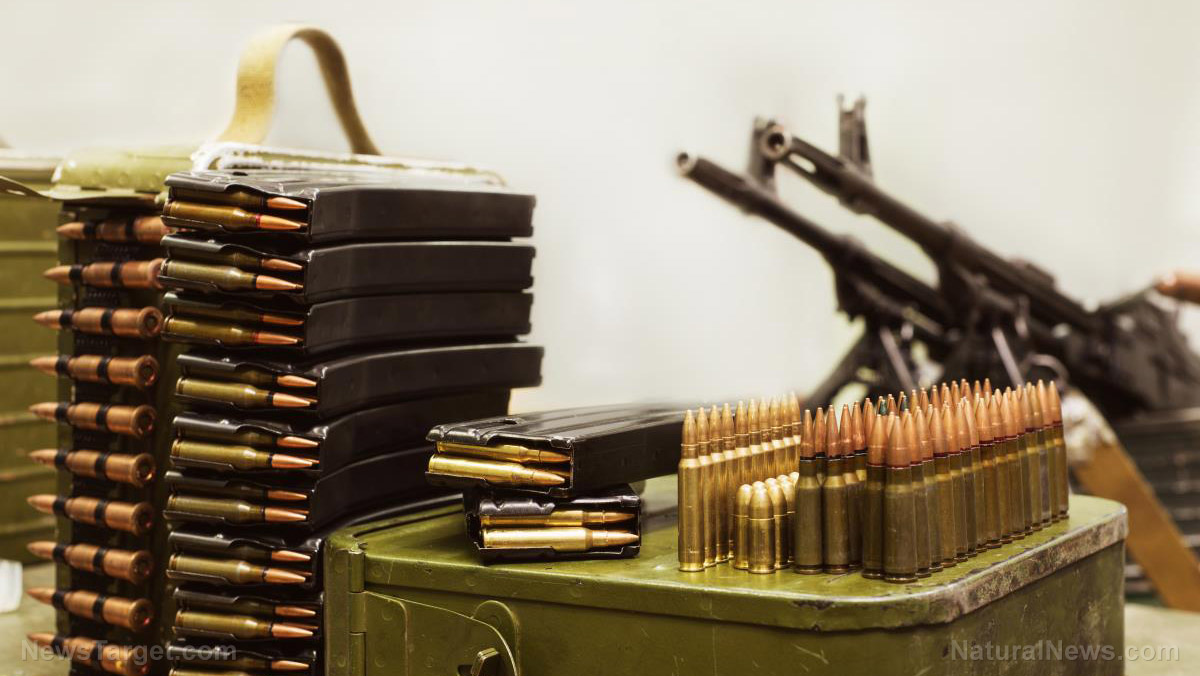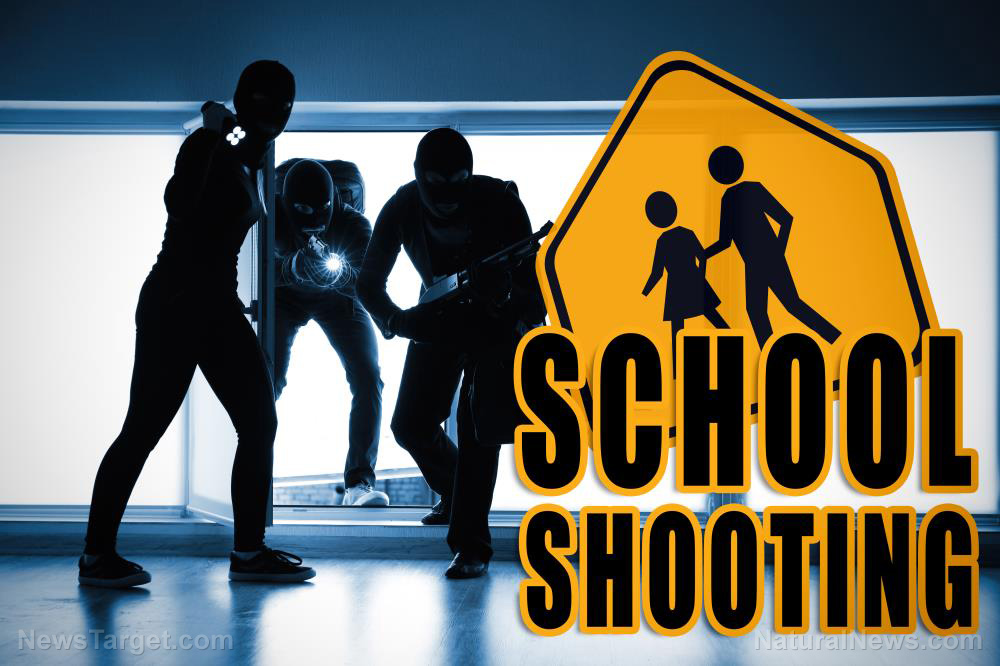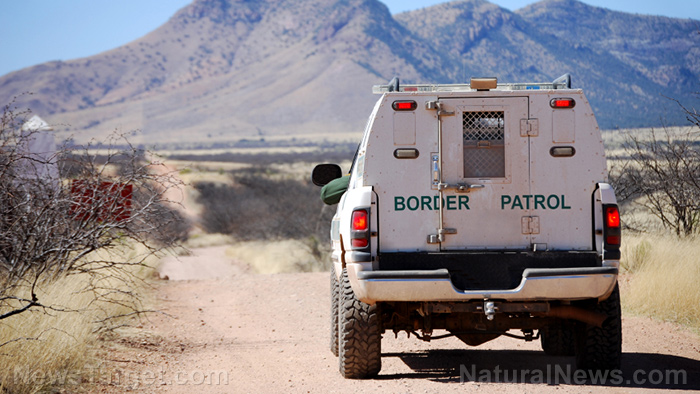7 Things you need to know about pistol concealment
12/14/2018 / By Zoey Sky
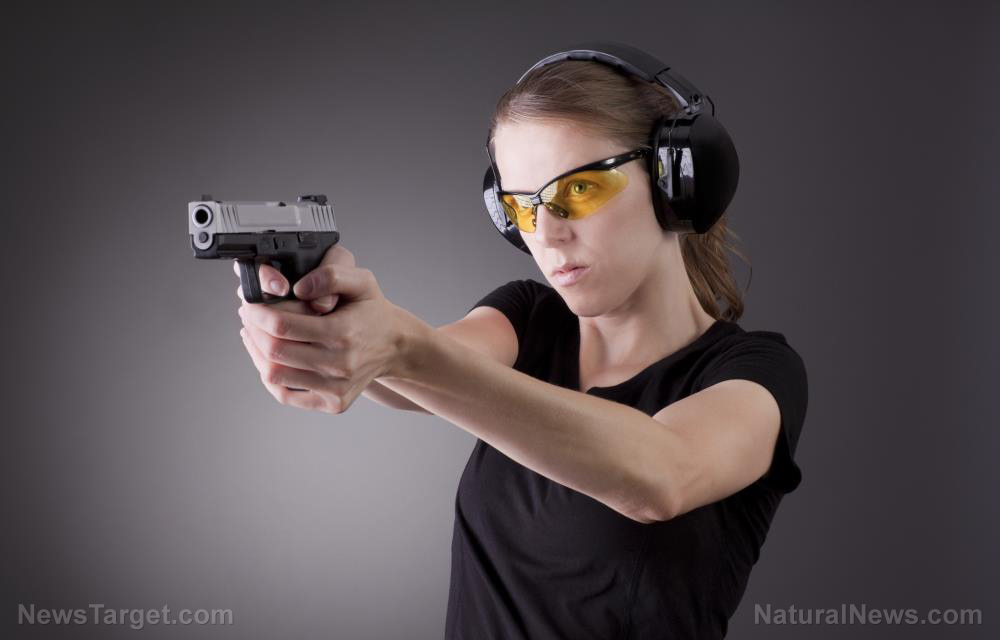
If you’ve recently acquired your pistol, you need to understand that responsible gun ownership goes beyond choosing which holster to use and practicing with your weapon of choice. (h/t to PersonalDefenseWorld.com.)
Here are 7 tips that you must know to properly conceal your pistol.
Practice gun safety.
A gun is a deadly weapon. Even if you bought a pistol for self-defense, you must never point it at another living thing unless you need to protect yourself or someone who’s defenseless.
However, this doesn’t mean you need to be scared of your gun. Learn how to load, unload, check, and clean it properly.
When it comes to pistols and pistol concealment, safety is your priority.
This means you must:
- Treat every firearm as if it is loaded.
- Never point your pistol at something you do not mean to shoot.
- Keep your finger clear of the trigger and trigger-guard until you’re ready to fire your weapon.
- Confirm your target and what’s behind it.
- Prevent unauthorized individuals from accessing your weapon.
Learn about the law for pistol concealment.
Before you even attempt to use your gun, sign up for self-defense firearms training. These classes will cover crucial topics such as laws “relating to the judicious, justifiable use of lethal force in self-defense” along with pistol concealment.
Practice using your weapon in a controlled environment.
You need to know how to shoot and when to shoot. This way, you never fire a shot unless you absolutely need to. By knowing how to use your weapon, you can avoid accidents and hit your target when it counts. (Related: What every woman needs to know before carrying a concealed weapon.)
Firing a gun is nothing like its portrayal on TV. One well-placed bullet won’t always take down your attacker, and it’s not always easy to hit a moving target, let alone their vital organs, especially when your adrenaline is high and you’re disoriented by panic and fear. Once you learn how to use your weapon, practice whenever you can so your skills don’t get rusty.
You must also practice how to fire your weapon while standing, sitting, or reaching. Practice getting into and out of your car while wearing your holster and drawing from concealment.
Skill is better than the best pistol.
Your shiny new pistol is useless if you have no idea how to use it. Your skills and the “consistent application of proven technique” are more important than your weapon’s features.
Go stock for pistol concealment.
If you’re a new gun owner, consider getting a pistol with a standard or factory spec duty-type trigger pull. Your options include something the police carry, like a Glock (or a similar striker-fired pistol), or a Beretta (or a similar double-action, hammer-fired pistol). These kinds of guns are more court defensible and less prone to negligent discharges compared to guns with a “hair trigger.”
There are those who believe that a double-action-only revolver is the best gun for a newbie who doesn’t have enough time to practice and train. This is partially true because revolvers are simpler to load and unload compared to a semi-automatic pistol. It doesn’t need that much maintenance, lubrication, and ammo type. However, revolvers have less cartridge capacity and a longer, heavier trigger pull that could be harder to get used to. But once you learn about double-action shooting, you’ll have an easier time with other types of trigger.
Get a pistol concealment holster that suits your needs.
To prevent accidents, carry your gun in a high-quality holster that keeps it close to your body. In some cases, you might have to alter your wardrobe to accommodate your concealed weapon.
- A side-vent sports coat may expose hip-holstered guns so wear a center vent coat.
- Inside-the-waistband holsters must be worn with pants that have waistbands at least two inches larger than normal for daily comfort.
- When carrying a full-sized/service-sized pistol, wear a jacket that’s one size larger than normal.
- Your gun might bulge in a pair of skinny jeans, so conceal your weapon with cargo pants, relaxed-fit pants, or slacks.
Be discreet at all times.
Don’t go around telling people that you’re carrying a weapon, especially since gun control is one of the fiercest debates in the U.S. Some gun owners have even suffered social ostracism for themselves and their families when word got out that they are carrying a firearm, even if they are legally allowed to do so.
Practice gun safety, be responsible, learn how to use your weapon properly, stay alert, and be discreet when concealing a weapon so you can protect your loved ones.
Visit Guns.news to learn more about pistol concealment and gun safety.
Sources include:
Tagged Under: firearms, gun safety, guns, pistol concealment, preparedness, preparedness and survival, prepper, prepping, prepping tips, self-reliance, survival, survival skills, Survival Tips, survivalist




